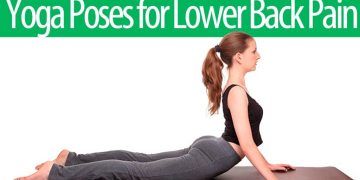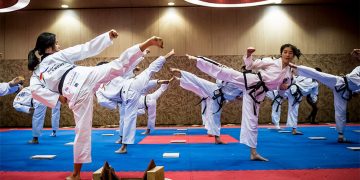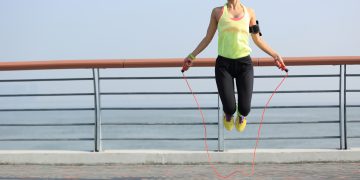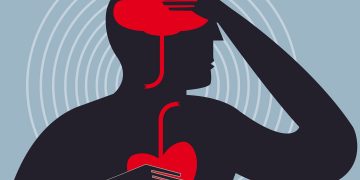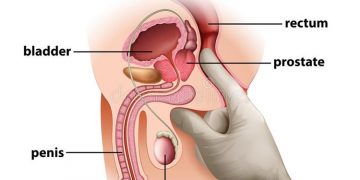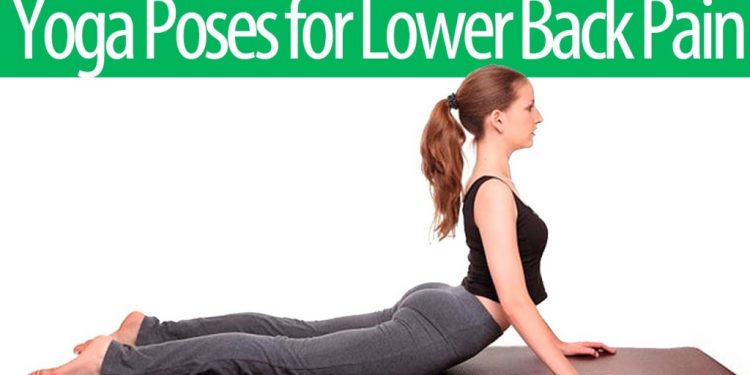For somebody who lives with back or neck torment, finding the right yoga class (and taking part in it) can be a piece like “swimming with the sharks.” You, your educator and companions, and your kindred yogis might have good intentions with their ideas, however tragically, this doesn’t ensure the experience is ideal for you. It doesn’t ensure that you will actually want to securely do everything.
In any case, moving toward yoga outfitted with the data you really want to use sound judgment might assist you with trying not to cause more damage than great to your neck or back. Learn more underneath about how to begin with a yoga program intended to recuperate your back, or in any event, not hurt it.
Converse with Your Healthcare Provider
Priorities are straight. In the event that you have a back issue, getting an OK from your PCP or actual specialist prior to attempting yoga is ideal. The following are a couple of things to ask your well-being supplier:
Which development or developments would it be a good idea for you to keep away from?
What might be the most useful degree of challenge for you, given your condition?
Are there any alterations you can attempt that could be useful to you remain safe and sans injury?
What would it be a good idea for you to be familiar with cooperation between the prescriptions you take and exercise? What insurances would it be advisable for you to take?
By and large, it’s not prudent to begin a yoga program while you have intense neck or back torment. In any case, when the main period of mending — described by irritation and torment — is finished, some delicate yoga might be important.
Pick a Yoga Style
A confounding cluster of yoga styles is out there hanging tight for new clients, with work power requests going from delicate to exceptionally energetic. Some stress otherworldliness and feelings, while others, most eminently Hatha yoga, center more around actual stances. In any case, others underline developments that progress between presents. (This is called Vinyasana.)
A Hatha yoga style will probably be a decent spot to begin, especially the rest and rebuilding (called “R and R”) assortment.
Contingent upon the kind of back torment and other ailments you have, Yin yoga and additionally Somatic yoga might make for good agony the board measures. Yin yoga is tied in with holding stances adequately long to consider the arrival of super close tissue, while Somatic yoga looks to reinstruct your subliminal development designs (which portrays the vast majority of the development we do consistently) as a component of the yoga experience. Furthermore, indeed, there is such an incredible concept as Somatic Yin yoga.
Then again, it’s likely shrewd to avoid forceful styles of yoga. These incorporate yet are not restricted to Kundalini, Ashtanga, and Bikram (“hot”) yoga. These frameworks are both specific and testing, and for the most part not ideal for individuals with spine issues.
Converse with Your Prospective Yoga Teacher
Whenever you have had a discussion with your wellbeing supplier, talk with all planned yoga teachers. Attempt to look into their approach to working with understudies with spine conditions, as well as how much experience they have showing individuals with clinical issues like yours.
Likewise, you can anticipate that your educator should have the option to answer your clinical impediments with the utilization of props (exceptional guides) and posture changes. In the event that they can’t, or they would rather not catch wind of/regard what you need to say regarding what’s going on with your back, odds are you’ll be in an ideal situation with an alternate educator.
As you converse with your forthcoming yoga educator, get some information about her or his qualifications, including how long of instructor preparation they’ve had (500 is superior to 200 overall) and any high-level certificates they hold.
You could likewise ask about the classes that are appropriate for you as they would like to think. What’s more, in the event that you have a specific class at the top of the priority list, figure out how testing it will be.
Finding the solutions to these inquiries will probably assist you with coming to an educated conclusion about how, where, and with whom to begin doing yoga for your aggravation.
Something else to get some information about is the forthcoming instructor’s arrangement and style with regards to manual changes. A few educators are enthusiastic about these. While changes can be useful in specific circumstances, in the event that you come to the meeting with a back physical issue or other condition, you might have to request that the educator refrain to try not to irritate your aggravation.
Incidentally, it’s really smart to examine these issues with the yoga educator before the class begins to keep away from an undesirable astonishment.
Lastly, except if you are an expert restoration expert yourself, finding a certified yoga instructor is basic. Try not to attempt to instruct yourself.
An In-Depth Look
In the fall of 2011, two examinations helped how we might interpret the manner in which yoga may be utilized for back relief from discomfort. A three-year British review including 313 members and different educators conveyed a program to individuals with constant back torment. Except for general wellbeing, the yoga members fared far superior to the benchmark group in all areas (i.e., endlessly torment self-viability).
The other review, done in the United States, contrasted yoga with an identical measure of extending. The scientists found that for individuals who have gentle to direct back torment without sciatica, extending did similarly as well as yoga.
Yoga trains us to regard where our bodies are, instead of contrasting our ongoing skills with what we used to have the option to do or what another person can do.
Yoga for Back Pain Pose Series You Can Try
While doing yoga to expand your back’s adaptability, balance is the word. Balance doesn’t need to mean an excessively difficult exercise. It’s more about sequencing and disapproving of your aggravation/distress levels as you practice. For instance, it is critical to follow up a representation that includes back curving with one that makes them twist forward.
Working in balance additionally helps coordinate generally spinal strength. It might assist with forestalling the prevalence of solidarity in specific muscles over others, which is, in itself, a forerunner to back injury.
Yoga for back torment is turning out to be progressively well known. For some, doing yoga develops a harmony between the adaptability and strength of the muscles of the body, frequently the genuine guilty party in torment, development impediment, and handicap.
Truth be told, a meta-examination distributed in the September-October 2013 issue of Pain Research Management recommends that yoga might make a decent assistant therapy for constant back torment.
Furthermore, yoga’s breathing methods might assist with easing your pressure as well as traverse testing extends. The profound accentuation in specific kinds of yoga classes might give an amazing chance to work all the more profoundly on mending and agony goals.










